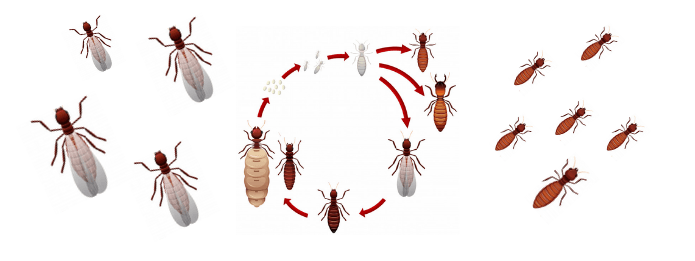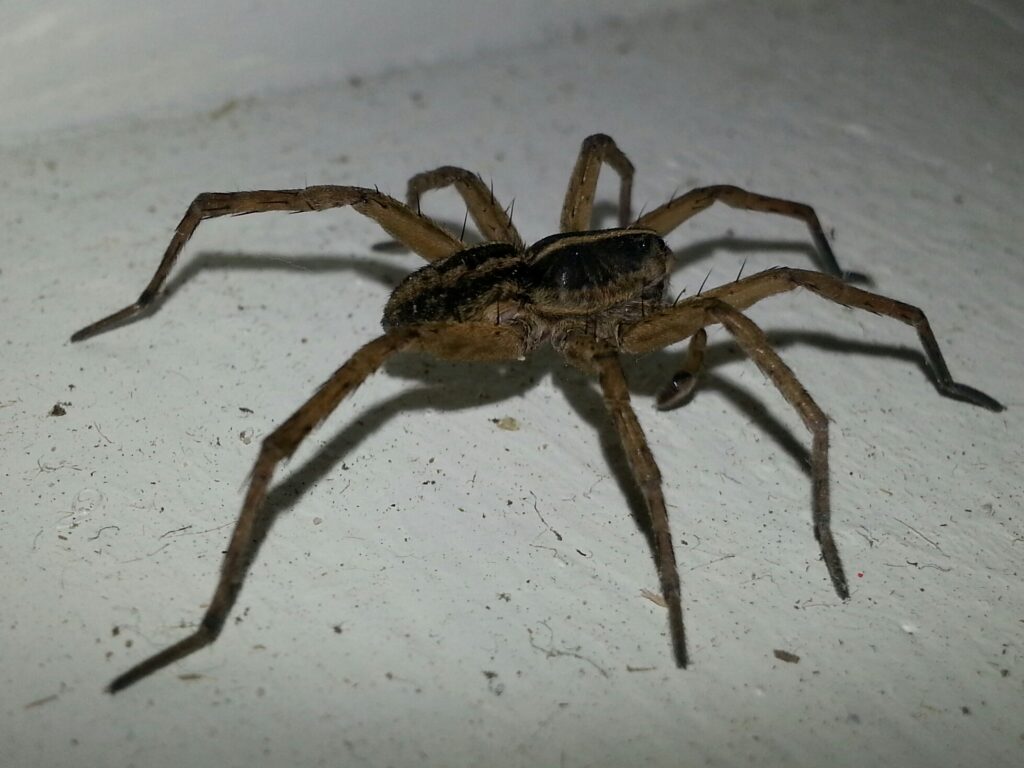 We think we know a lot about ants, but these impressive pests still have interesting habits and behaviours that many of us don’t know enough about. The more you know about ants, the easier it will be for you to spot them inside your home, and prevent an ant control problem before it’s too late.
In this article, we’re going to explain the reproduction patterns of ants. There are thousands of ant species, but we’ll look at some common behaviours and how ants reproduce. We’ll look at what happens when ants get inside your home and why you need to call Truly Nolen for any ant control issues.
We think we know a lot about ants, but these impressive pests still have interesting habits and behaviours that many of us don’t know enough about. The more you know about ants, the easier it will be for you to spot them inside your home, and prevent an ant control problem before it’s too late.
In this article, we’re going to explain the reproduction patterns of ants. There are thousands of ant species, but we’ll look at some common behaviours and how ants reproduce. We’ll look at what happens when ants get inside your home and why you need to call Truly Nolen for any ant control issues.
 We think we know a lot about ants, but these impressive pests still have interesting habits and behaviours that many of us don’t know enough about. The more you know about ants, the easier it will be for you to spot them inside your home, and prevent an ant control problem before it’s too late.
In this article, we’re going to explain the reproduction patterns of ants. There are thousands of ant species, but we’ll look at some common behaviours and how ants reproduce. We’ll look at what happens when ants get inside your home and why you need to call Truly Nolen for any ant control issues.
We think we know a lot about ants, but these impressive pests still have interesting habits and behaviours that many of us don’t know enough about. The more you know about ants, the easier it will be for you to spot them inside your home, and prevent an ant control problem before it’s too late.
In this article, we’re going to explain the reproduction patterns of ants. There are thousands of ant species, but we’ll look at some common behaviours and how ants reproduce. We’ll look at what happens when ants get inside your home and why you need to call Truly Nolen for any ant control issues.

